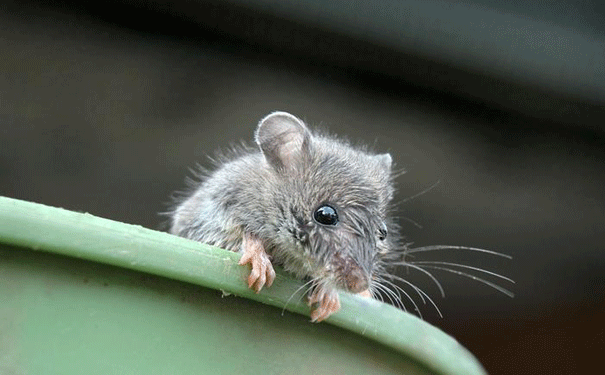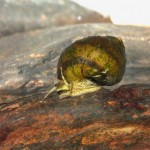
House mice migrate with human populations. Image: Shutterstock
The Vikings weren’t the only invading force during the 10th century.
The Vikings established settlements in the Faroe Islands, Iceland, Newfoundland and Greenland, but they weren’t alone. An international team of researchers has suggested that they may have been inadvertently responsible for mouse colonisation in the same regions.
The house mouse can be found living alongside humans and often travels with them when they migrate. The teams’ results, published in BMC Evolutionary Biology, demonstrate that the timeline of mouse colonisation matches that of Viking invasions.
“Human settlement history over the last 1000 years is reflected in the genetic sequence of mouse mitochondrial DNA,” Dr Eleanor Jones, affiliated with the University of York in the UK and Uppsala University in Sweden, said. “We can match the pattern of human populations to that of the house mice.”
The researchers collected modern house mouse DNA samples from nine sites in Iceland; Narsaq in Greenland, and four sites near L’Anse aux Meadows in Newfoundland. These were compared to samples from the Eastern and Western settlements in Greenland and four archaeological sites in Iceland, which dated mostly from the 10th to the 12th century.
Using evolutionary techniques, the researchers were able to characterise genetic similarity, and hence the relatedness of one population, or one individual, with another, to determine a mouse colonisation timeline.
The analysis suggested that house mice had hitched a lift either from Norway or the northern part of the British Isles to Iceland in the early 10th century. They then continued their journey from Iceland to the settlements in Greenland on the Viking ships.
However, they may not have reached the Viking settlements in Newfoundland, as there were no traces of the ancient DNA in modern mice. “If mice did arrive in Newfoundland, then like the Vikings, their presence was fleeting and we found no genetic evidence of it,” Professor Jeremy Searle, from Cornell University said.
Descendants of the stowaways can still be found in Iceland, but the early colonies in Greenland have since become extinct. They were eventually replaced by the Danish mice that travelled over with a second wave of European immigrants.
Source: Eureka Alert






